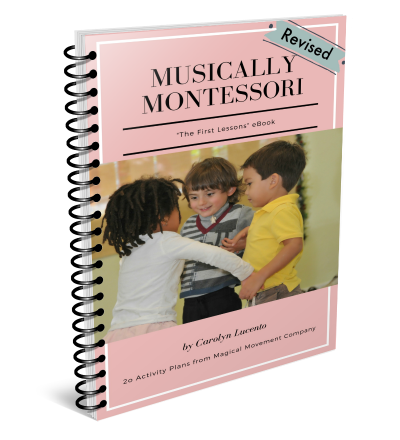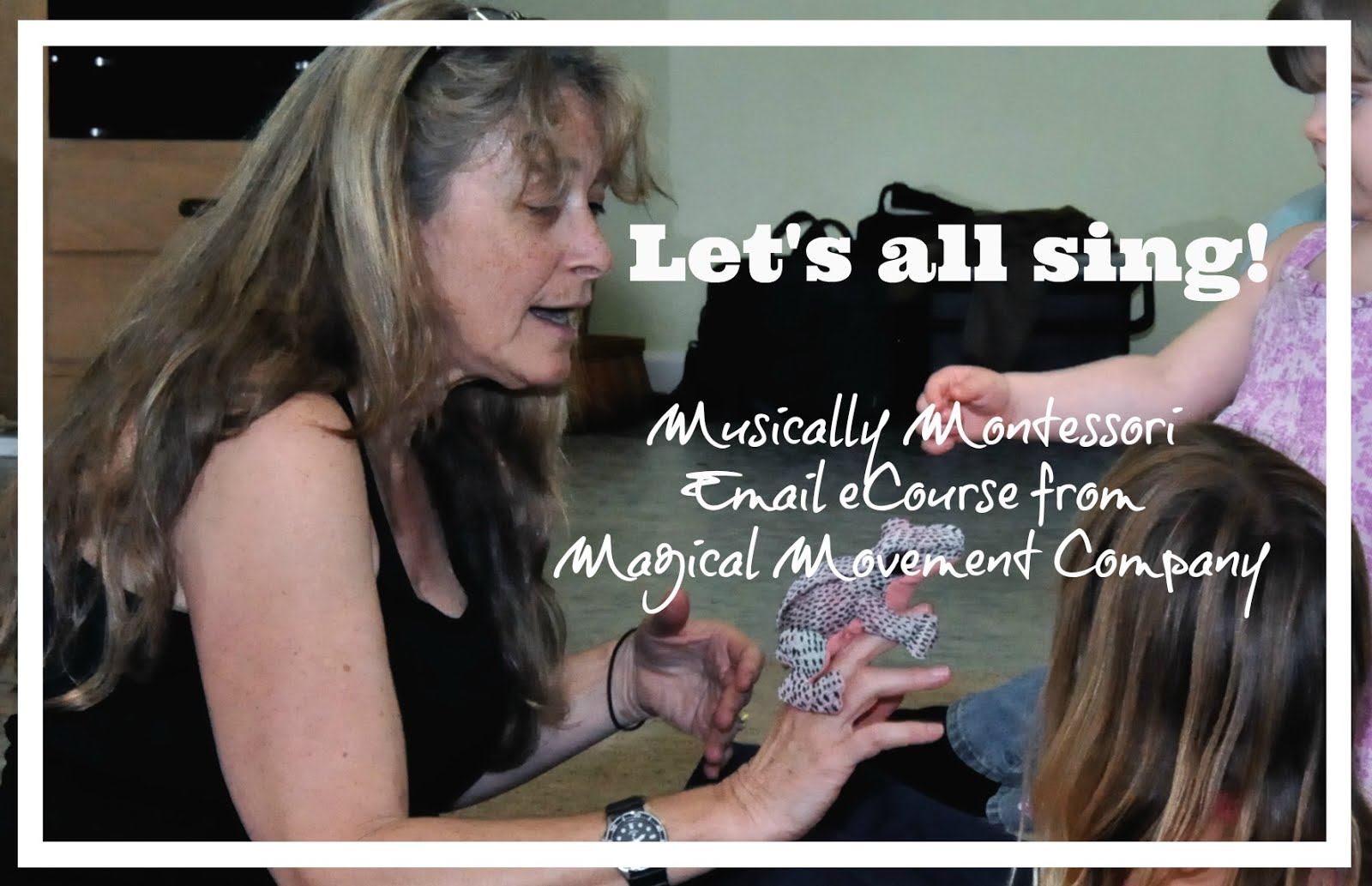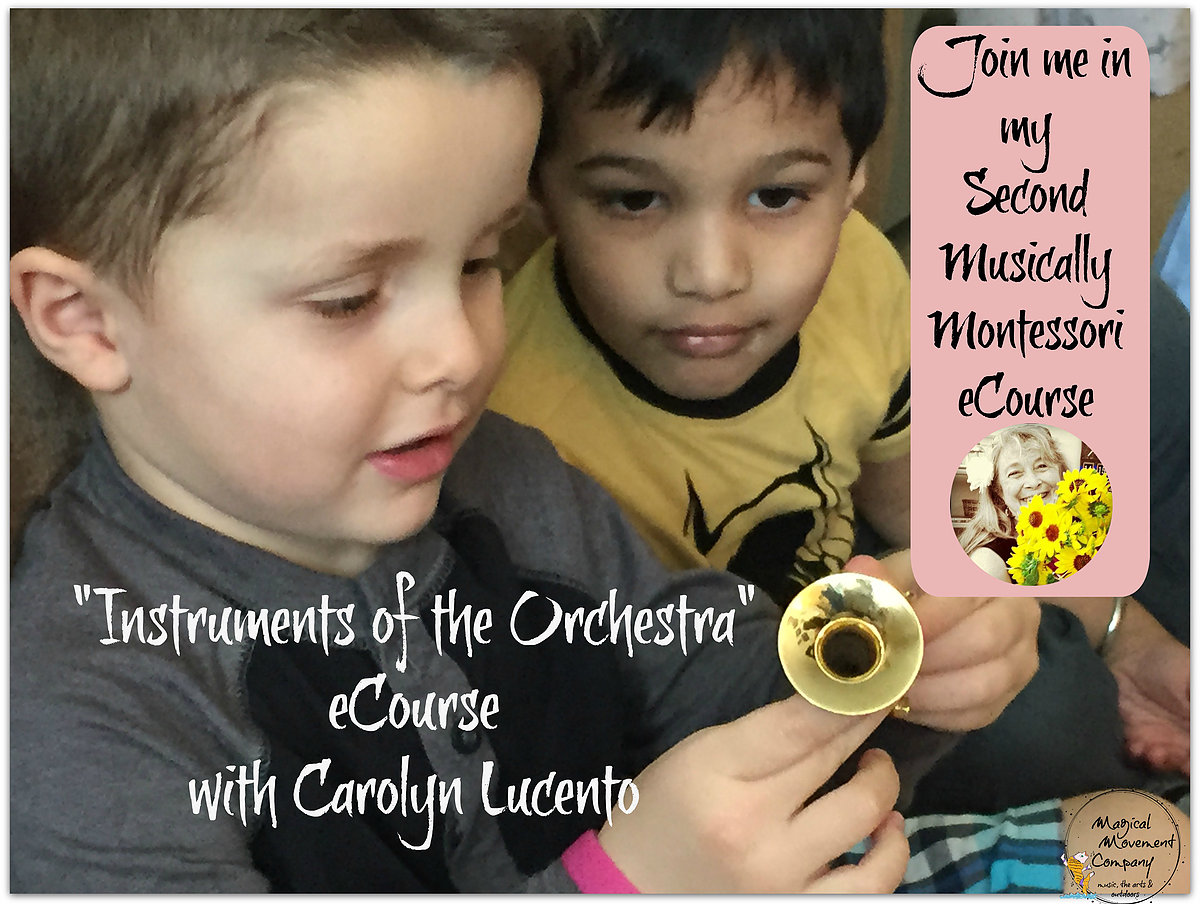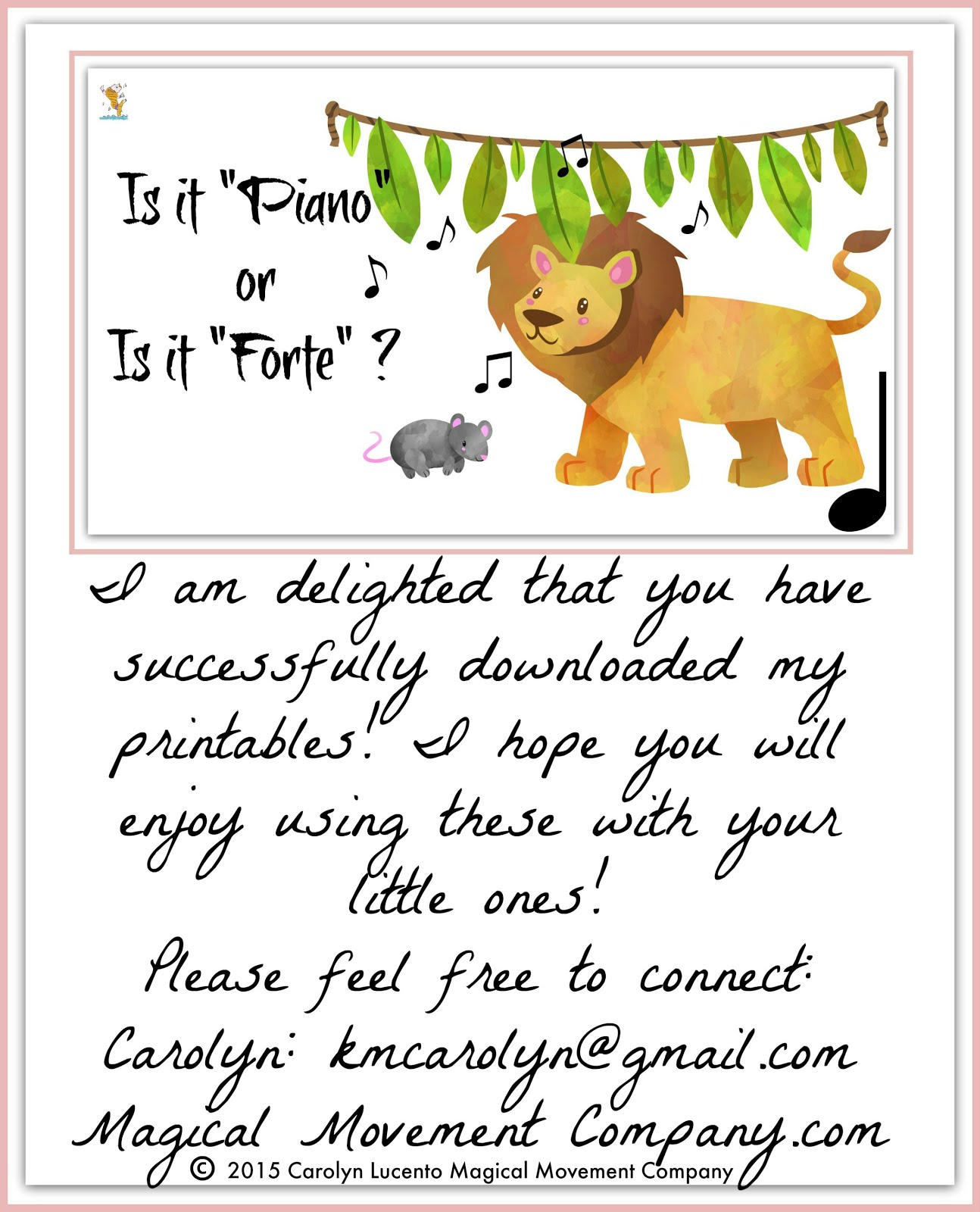IT IS WINTER! THE LONGEST NIGHT IS APPROACHING AND MONTESSORI CHILDREN CAN DISCOVER THE MAGIC OF THE WINTER SOLSTICE IN LOTS OF ARTFUL WAYS. Read on for my ideas, activities and resources from around the web. And, see my newest Freebie for a sweet addition to your Montessori Cultural Shelf.
View Post
In the Northern Hemisphere, the Winter Solstice is just around the corner. This year it happens on December 21st, at 8:30 in the morning, where I happen live. You can check out the exact time for your area at this site: The Old Farmer's Almanac
The most obvious thing about the Winter Solstice is the sun. This is the day of the year when the night is actually longer than the day. So, we have the least amount of sunlight on that day. That is why, in most cultures, it is important to emphasize the light and to spend time with others in order to get through this longest night of the year! Yes, light will be returning, because after the Solstice the days begin to grow longer.
For children, we can offer many activities that celebrate the sun, the light, and gathering together. In the Montessori environment, we can always relate these activities to our Cultural Studies, Practical Life Activities, and all the other areas of curriculum as well.
You could easily do that in the classroom as well. Even though it is not a picture book, the stories are short enough and engaging enough to read to an older Preschool group at a 15 minute Story Time. In this case, be sure that you read the stories yourself before offering them to the children. There are some that you may feel are not appropriate for young children in a group setting and all of them are stories that involve imagining rather than reality-based. Even if you only read a few, this book is a wonderful resource for activities dedicated to the Winter Solstice.
The last section has some lovely activities for children. Here are a few:
What I love about the Kachina stories is that they are considered helpers who reside in the heavens (or high in the mountains), but who come down to be with us during the time between the Winter Solstice and the Summer Solstice.
One of the Hopi Kachinas is actually called "Sunface Dancer!" Here is a photo of this Kachina. The feathers surrounding the face of the dancer are like the rays of the sun. What could be more appropriate for this time of year!
On the Winter Solstice, the Hopi conduct ceremonies in which dancers from the tribe dress in their Kachina attire and perform the story of the "Soyal", the Winter Solstice dance. The children of the tribe are given Kachina dolls representing the dancers to help them understand the story.
From an article titled, "Soyal Ceremony: Hopi Kachinas Dance At Winter Solstice" in WilderUtopia.com, I discovered an interesting version of the Winter Solstice dance.
In the story, the "bearer of the sun shield" must fight off the hostile powers that might effect the sun (drought, fire, darkness, cold). The article goes on to explain the dance movements:
The actual Soyal ceremonies are considered sacred rituals and the dances are not disclosed to people outside of the tribe. The ancients did these ritual dances in kivas, which are underground chambers reserved for sacred ceremonies.
My groups have enjoyed hearing the Kachina stories I have learned from reading about the Hopi tribe. The one I mentioned above has always been a favorite with my groups over the years. When I show them my Kachina collection and pictures of Kachinas, they are always fascinated because these dolls are traditionally made for the Hopi children.
You can download my free activity, "Sunface Kachina Story" from my Subscribers Freebie Collection.
The most obvious thing about the Winter Solstice is the sun. This is the day of the year when the night is actually longer than the day. So, we have the least amount of sunlight on that day. That is why, in most cultures, it is important to emphasize the light and to spend time with others in order to get through this longest night of the year! Yes, light will be returning, because after the Solstice the days begin to grow longer.
For children, we can offer many activities that celebrate the sun, the light, and gathering together. In the Montessori environment, we can always relate these activities to our Cultural Studies, Practical Life Activities, and all the other areas of curriculum as well.
Photo from Adobe Stock
Midwinter festivals are happening all over the world, and throughout history, we find fascinating stories about the sun returning to the people.
LANGUAGE ACTIVITIES
I love this book that is filled with Winter Solstice stories, The Return of the Light: Twelve Tales from Around the World for the Winter Solstice. I saw in the reviews on Amazon that one family was using this book in a very interesting way. During the twelve days before the Solstice, they were planning to read one story a night. That sounds really lovely to me.- Read or tell a Midwinter Story each day. This book has twelve!
- Extend this with simple activities that celebrate the season and teach the words to a rhyme or song to go along.
Available at Amazon
The last section has some lovely activities for children. Here are a few:
- "Tree Offering": Sprinkle seeds, glitter, or cornmeal at the foot of a tree outside. Then say: "Leaf to leaf, root to root, seed to seed. May all that we have be all that we need."
- "Deck the Halls": Decorate the environment with cuttings of rosemary, bay, holly, ivy or fir. Everyone names a blessing for the year. Then sing, "Deck the Halls."
- "Bake and Eat a Treat": Say or sing, "Into the oven we slide this treat. May all hold close and life be sweet." Check out my Sun Bread Activity later in this article to really celebrate the sun! This is the book that gave me the idea, Sun Bread, by Elisa Kleven.
Available at Amazon
CULTURAL STUDIES
There are stories about the Winter Solstice all over the world as you can see in the "Return of Light" book I mentioned earlier in this article. That book has Solstice stories from The Americas, India, Polynesia, Tanzania, the Nordic Islands, China, South Africa, Venezuela, and Italy.
As you introduce the story of the day, you can:
As you introduce the story of the day, you can:
- Bring out the Montessori Globe or Puzzle Map of the World to enrich the experience by connecting the story to the place on the globe.
- If you happen to have a doll or some other artifact from that place in the world, the children will enjoy passing it around as you read the story.
And, there are even more stories for the Solstice. You can do a google search and find lots more. One of my favorites follows.
The Story of the Kachinas
from the Hopi Tribe of North America
Over the years, one of my favorite Solstice stories has been about the Kachinas from the Native American Hopi tribe. The Kachinas are dolls that represent stories about the spiritual beginnings of life and how to behave appropriately in your community.
The Hopi were the first to create kachina dolls as a way to teach children about these spiritual beings and the wisdom they have to share with the people. The dolls are traditionally carved from a single piece of cottonwood root, then are painted and adorned to represent objects from the tribe's spiritual beliefs.The messages of the dolls and the men acting in the ceremonies vary widely from teaching the identities of the kachinas and the symbolism of their regalia, to proper behavior and learning about responsibilities. Each kachina has a different purpose - Ogres teach discipline, Chief Kachinas teach wisdom and have powers comparable to that of a religious elder, the female kachinas teach values, clown kachinas provide amusement, and others provide advice, blessings, and warnings.
One of the Hopi Kachinas is actually called "Sunface Dancer!" Here is a photo of this Kachina. The feathers surrounding the face of the dancer are like the rays of the sun. What could be more appropriate for this time of year!
On the Winter Solstice, the Hopi conduct ceremonies in which dancers from the tribe dress in their Kachina attire and perform the story of the "Soyal", the Winter Solstice dance. The children of the tribe are given Kachina dolls representing the dancers to help them understand the story.
From an article titled, "Soyal Ceremony: Hopi Kachinas Dance At Winter Solstice" in WilderUtopia.com, I discovered an interesting version of the Winter Solstice dance.
In the story, the "bearer of the sun shield" must fight off the hostile powers that might effect the sun (drought, fire, darkness, cold). The article goes on to explain the dance movements:
Then they arrange themselves into two groups, one on the north side, another on the south. Then they sing as the bearer of the sun shield rushes to one side, then the other. He is driven back by the shield bearers on both sides. The movements symbolize the attack of hostile powers on the sun (drought, fire, darkness, cold) that influence whether it will shine and bless the crops.
On the west wall of the kiva, they construct an altar with two or more ears of corn contributed from each family, surrounded by husks and stalks. It also has a large gourd with an effigy of the Plumed Snake’s head sticking out, operated like a puppet, rising and made to roar. The shield bearers then throw a meal to the snake effigy, answered by more roaring noises. This persuades him not to swallow the sun, like he does in an eclipse. When the Sun God’s footprints appear in the sand, everyone knows he has been persuaded to return.
The entire ceremony ends with a public kachina dance. The Katsinam remain with the people for the first half of the Wheel of the Year until the summer solstice, when they return to their home in the mountains.At times, I have been able to show my groups, my collection of little ceramic replicas of Kachinas and even a real Kachina doll that I bought while traveling to the Acoma Pueblo in New Mexico. Acoma is the oldest pueblo that is still inhabited, and during the summer it is open to the public for educational tours.
Photo from DepositPhotos
Photo from Adobe Stock
My Free Resource for You
- Go to my Website HERE: Magical Movement Company.com
- Click on the "Free Stuff" button
- Then, click on the "Subscribers Freebie Collection"
- Enter the password (found in my latest email)
- Download any one of my more than 30 FREE resources!
SUBSCRIBE TO OUR EMAIL LIST
ART ACTIVITIES
Hopi artists are still making these Kachina dolls and they are truly exquisite. I found a lovely site on Etsy.
In the past, I have provided small scraps of balsa wood for my Preschool classes to create their own Kachinas. We have enjoyed making these in several ways.
- Making Simple wooden "Kachina Dolls": Each child can wrap a small swatch of fabric around a small rectangle of balsa wood (from the Craft Store). Glue this on, then add feathers, beads or bits of leather lacing to decorate the doll. Lastly, the child (or adult) can draw on a simple face.
- Making Kachinas from cardboard tubes: These can be made following the same process described above only using a cardboard tube instead of a scrap of wood. Or, you can download a free template for coloring, cutting out, and then gluing on to the cardboard tubes. Here is an article with the template download for a color-cut-paste Kachina activity: DLTK Kids
PRACTICAL LIFE ACTIVITIES
Baking is always popular this time of year, since the oven warms up not only the food, but the house as well!
Keeping to the Winter Solstice theme, baking "Sun Bread" fits perfectly into your activities. The recipe for sun bread can be found in the book mentioned earlier, Sun Bread.
Photo from DepositPhotos
You can make one or two regular size round loaves or you can provide each child with a smaller portion of bread dough so that s/he can create her own little sun loaf.
- Show the child how to flatten a ball of bread dough, then you can press the edges all around with a fork to make the "rays of the sun."
- Or, like in the book, you can add little triangles of dough all around the round dough so that it looks like the sun.
- Or, for a quick "sun bread snack", simply toast up a slice of bread and add strips of cheddar cheese along with raspberries, blueberries, and cut up strawberries.
Photo from DepositPhotos
MUSICAL ACTIVITIES
If you haven't ever heard this Winter Solstice song by Charlie Murphy, "Light is Returning," it is simple and just lovely. One of my all time favorites and one that both adults and children love.
"This Little Light of Mine" is another song that is perfect for the Winter Solstice and always a big hit with children.
"Mr. Sun" is one of the very sweetest songs about the sun, ever!





























